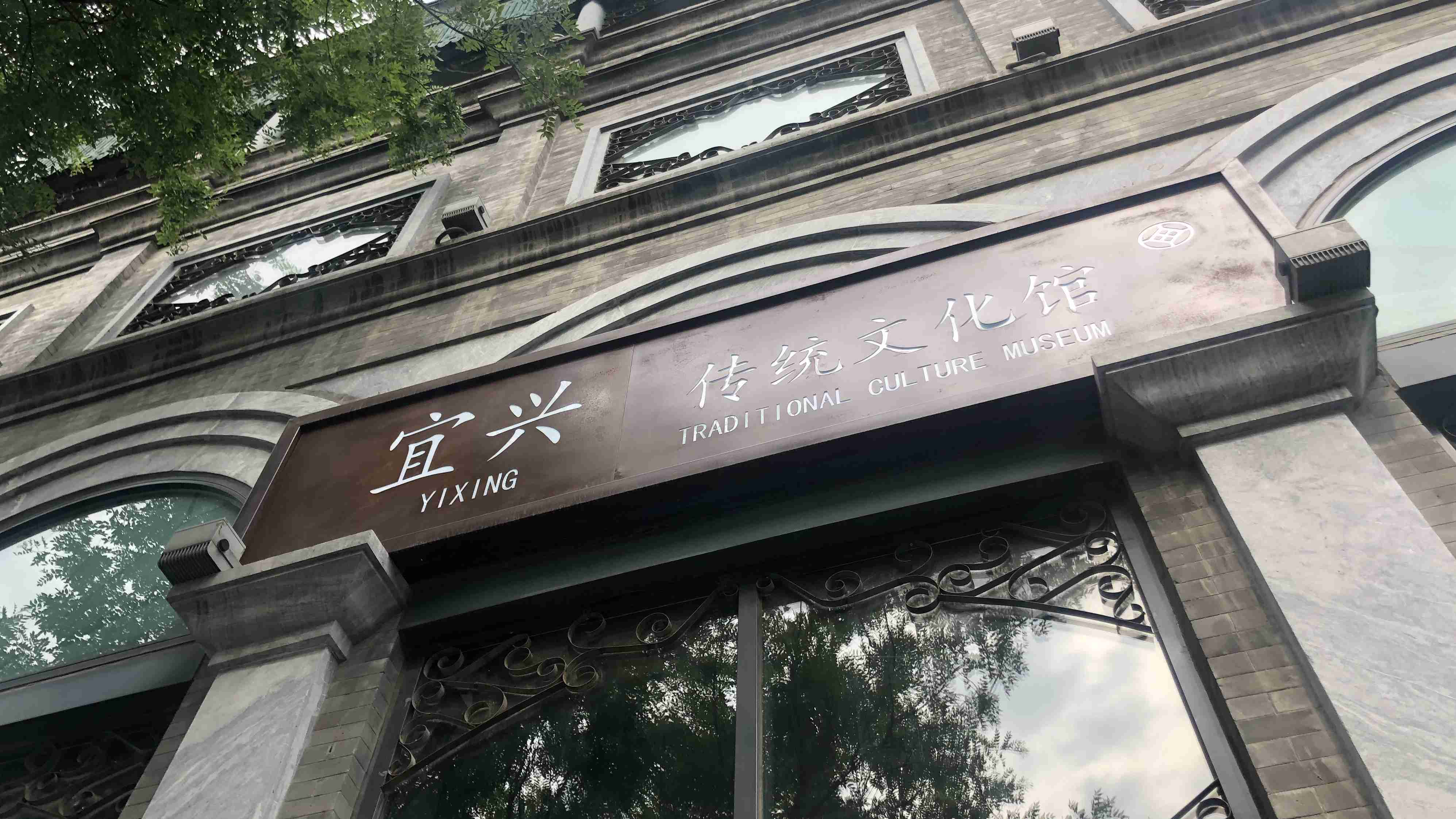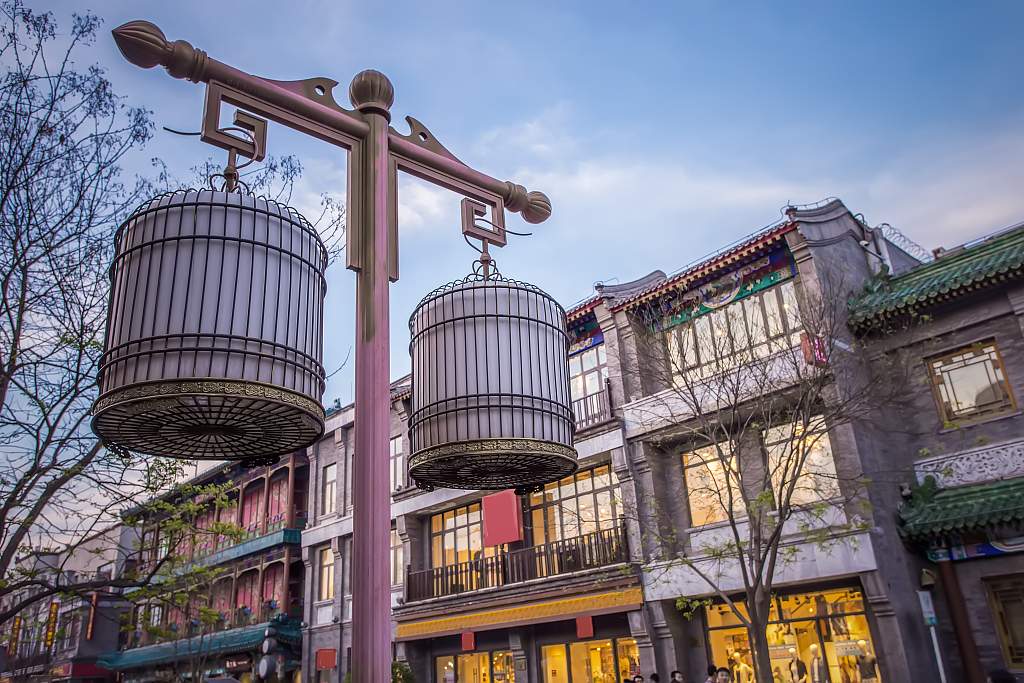
Culture China
09:34, 10-May-2019
Qianmen: Connecting with Chinese culture in a modern-day traditional setup
By Ye Qing

Qianmen Street in Beijing is a preserved piece of history in the fast-growing and ultra-modern city. If visitors feel like time grinds to a halt along the main street and its tributaries, it's because the historical and cultural area is not willing to let go of its past charm.
Old-style architecture dots both sides of the street just south of Tiananmen Square, time-honored brands have set up shop offering a smorgasbord of traditional snacks, and inheritors of cultural heritage could be seen in action, entertaining while educating passersby about ancient crafts threatened by the leap to modernity.
Much of the neighborhood has been refurbished to preserve its historical value, and in 2015, authorities broke ground on a traditional cultural area as part of the renovation efforts of Qianmen.

The Yixing traditional culture museum on Qianmen Street. /CGTN Photo
The Yixing traditional culture museum on Qianmen Street. /CGTN Photo
One block of Qianmen is reserved for traditional cultural experiences, where many shops have turned into museums of ancient artifacts, treating visitors to a blast from the past.
Yongxinhuayun, the company behind the development of this block, has introduced a diversified space, featuring exhibitions, workshops, immersive experiences, and artistic performances, among other formats.
Hou Yiran, who works at Yongxinhuayun, told CGTN Digital that the company is looking to increase the exposure of intangible cultural heritage elements in shops, but also to promote inheritors of intangible cultural heritage through exhibitions.

The scene of Qianmen Street. /VCG Photo
The scene of Qianmen Street. /VCG Photo
The intangible cultural heritage experience center has proven to be a popular hit, with parents bringing their children to experience shadow puppetry, kite painting, pottery making, and paper folding.
"Although the intangible cultural heritage elements are in line with the positioning of the cultural consumption block of Qianmen Street, we need to continue adjusting [our strategy]," said Hou.
More than a street
Qianmen Street is an important coordinate of the Central Axis of Beijing. For Beijingers, it is not only the common name of a tower but also a symbol of Beijing.

The Palace Museum is also the part of the Central Axis of Beijing. /VCG Photo
The Palace Museum is also the part of the Central Axis of Beijing. /VCG Photo
According to historical records, the 840-meter-long street was the road emperors would take to the Temple of Heaven since the Yongle Emperor Zhu Di (ruled 1402-1424) moved his capital to Beijing.
In the decades after the Ming dynasty (1368-1644), Qianmen Street turned into an important commercial street in Beijing, although it has been damaged and renovated several times.
(Head image by Yin Yating)

SITEMAP
Copyright © 2018 CGTN. Beijing ICP prepared NO.16065310-3
Copyright © 2018 CGTN. Beijing ICP prepared NO.16065310-3